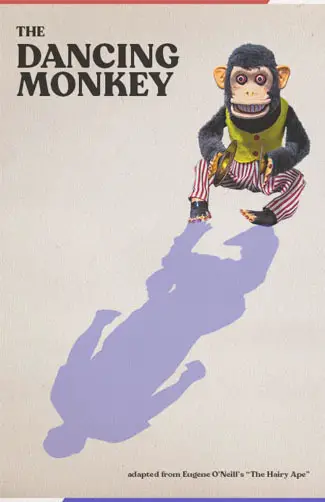
The Dancing Monkey becomes an ode to the effects of rampant capitalism trotting out the bad managers and the anger over people who want to help others. Small towns suggest that work is changing, and you want it to stay the same. Does it do it well with messed-up vision? Yes, production values, the action moves well, and the scenes seem to crack with a realism that is amazingly biased. Gone is the existential, the characters, and the situations similar to Italian realism; instead, it becomes almost hateful to the country it is set in. An example is when Wayne seeks answers for his troubles and desperately tries to reach a local Communist Party chapter. The rhetoric between him and the representative does not create a sympathetic portrait of the man seeking help or the people themselves; instead, it becomes a shouting match about ideals, turning into a caricature of Communism’s catchwords.
The actors all do well in their somewhat compartmentalized roles, with Paige Smith playing “Everyman” Wayne and the various people he meets all dispensing advice. All the representatives are friends: the older woman, the black man, the new employee, and the Union guy, all taking a bit of concept molding a film without reverence to the source material.

Screenshot
“It’s all a great recipe or story: you get action, adventure, conflict along the way, and an epiphany moment.”
The Dancing Monkey is a film that perhaps mirrors some views today on big business, little business, and automation advances. It presents the average workers as not being concerned with anything but themselves. So hard is this portrait that it makes some think all they want to do is sit in the dark and grunt by claiming 200.00 clothes are not “useful.” There are no existential roots from the source, which is not the same as seeing a body appear occasionally. Some people think this is real and not a characteristic of what America is to some people. They shake their fists and go yeah, that’s me when, in fact, they are protecting victims of a system that they fight to maintain.
I found part of this film contradictory: the unions are mentioned and shown in an unfavorable light in some moments, yet in the end credits, you see the use of SAG and ACTRA, which are two of the biggest unions and are necessary. Auteur Robert Rodriques outlines the approach better in his fascinating book, Rebel without a Crew. The Dancing Monkey, which is a harsh judgment, refers to workers who do tasks without complaint. While this film simply eats itself like a snake, one hopes for a better rebirth.

"…a caricature of Communism's catchwords."


